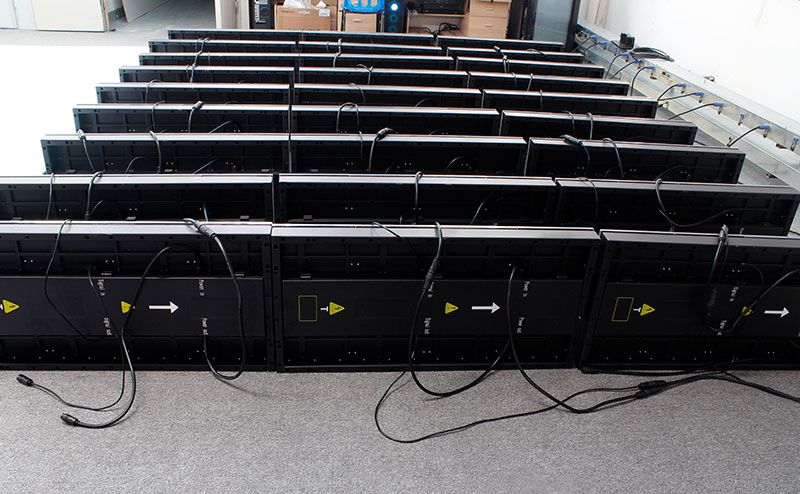Views: 0 Author: Site Editor Publish Time: 2024-07-22 Origin: Site








The main differences between a Touch LED Dance Floor and a traditional LED display lie in their design, functionality, and typical applications. Here’s a detailed comparison:
Durability: Built to withstand heavy foot traffic, impacts, and pressure. The surface is typically made of toughened glass or durable acrylic.
Interactive Surface: Incorporates touch sensors that can detect pressure and movement, enabling interactive experiences.
Slip-Resistance: Often has a non-slip surface to ensure safety for dancers and users.
Fragility: While some are rugged, most LED displays are not designed to withstand significant physical impact or weight.
Non-Interactive Surface: Primarily designed to display visual content (images, videos, graphics) without interactive capabilities unless additional touch-sensitive overlays are applied.
Varying Sizes and Forms: Can come in many sizes, from small screens to large billboards, and can be curved or flexible for different installations.

Interactive Features: Responds to touch, pressure, or motion, making it suitable for interactive installations, dance floors, and gaming.
Dynamic Content: Can display dynamic visual effects that react to user interaction, enhancing entertainment and engagement.
User Engagement: Often used in environments where user interaction is a key feature, such as clubs, event venues, and interactive exhibits.
Content Display: Primarily used to display static or moving images, videos, advertisements, and other visual content.
Non-Interactive: Standard LED displays do not respond to touch or motion unless integrated with additional technology.
Wide Applications: Commonly used in advertising, digital signage, broadcast, retail displays, and public information screens.
Entertainment Venues: Nightclubs, bars, and dance floors where the interactive element enhances the experience.
Events and Exhibitions: Interactive displays at trade shows, parties, and corporate events.
Gaming Zones: Areas where interaction with the floor is part of the game or activity.
Interactive Art Installations: Used in museums and galleries to create engaging and responsive exhibits.
Advertising and Signage: Digital billboards, outdoor advertising, and retail signage.
Public Information Displays: Airports, train stations, and public spaces for displaying schedules, announcements, and other information.
Broadcast and Media: Background screens for TV studios, live events, and concerts.
Commercial Use: Indoor displays in malls, stores, and office buildings for promotional content and information.

Sensor Integration: Equipped with pressure or capacitive sensors to detect interaction.
Robust Engineering: Designed to be waterproof, dustproof, and resistant to wear and tear from frequent use.
Calibration: Often requires calibration to ensure accurate response to user input.
Resolution and Pixel Density: Focused on providing high resolution and pixel density for clear and vivid image quality.
Brightness and Contrast: Designed to offer high brightness and contrast ratios suitable for visibility in various lighting conditions.
Connectivity: Can be connected to various media players and content management systems to display a wide range of content.
While both Touch LED Dance Floors and traditional LED Displays utilize LED technology, their design, functionality, and applications are distinct:
Touch LED Dance Floors are interactive and durable, designed for environments where physical interaction and user engagement are key.
LED Displays are primarily used for visual content presentation in a variety of sizes and forms, suitable for advertising, information dissemination, and entertainment without direct user interaction.
Understanding these differences can help in selecting the right type of LED technology for specific needs and applications.